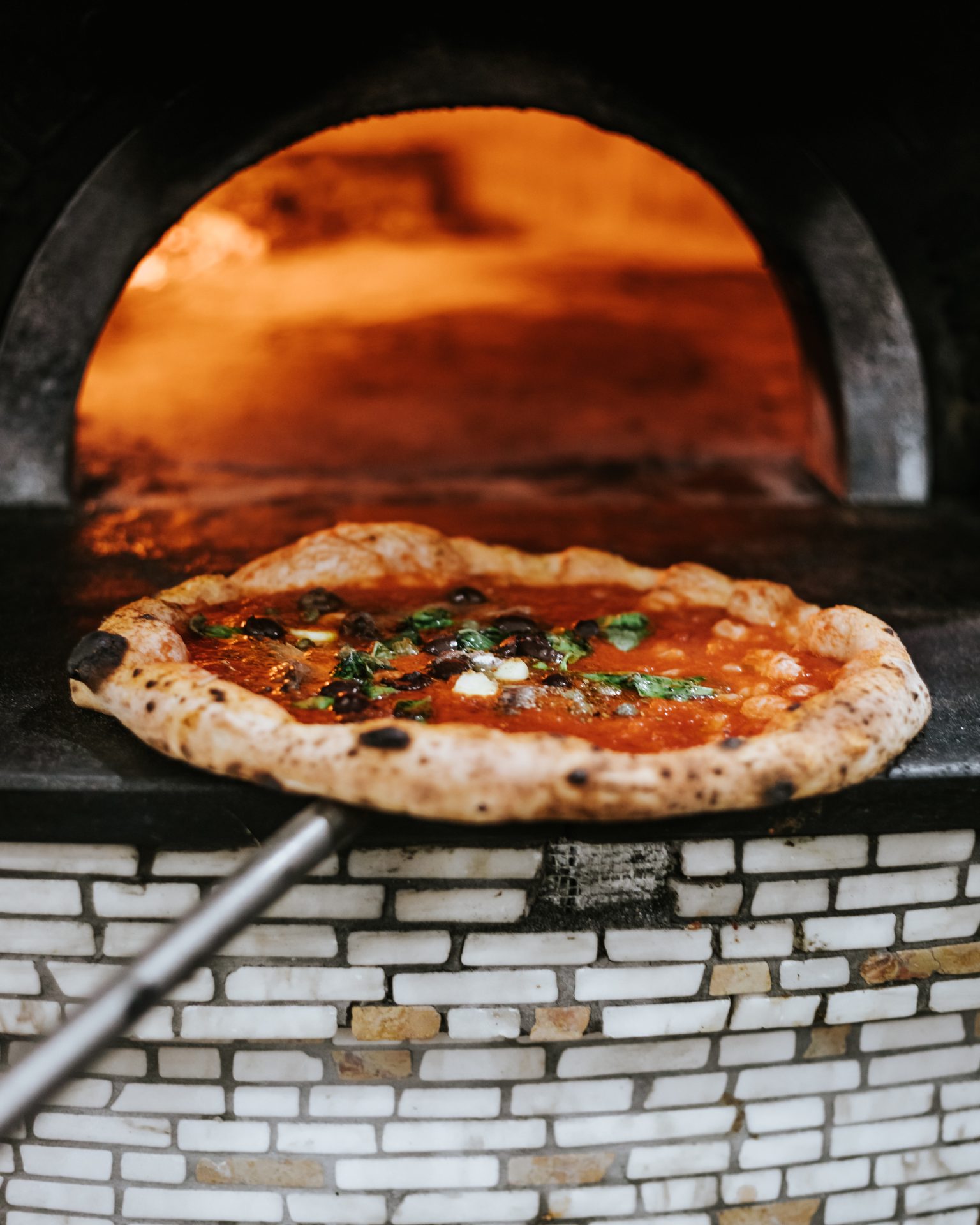Building your own outdoor pizza oven is an exciting DIY project that promises delicious homemade pizzas and an inviting focal point in your outdoor space. One of the crucial decisions you’ll face is selecting the right materials for your pizza oven. The materials you choose will affect the oven’s performance, durability, and overall aesthetics. In this guide, we’ll check out the benefits, pros, and cons of various pizza oven materials, helping you make an informed choice for your DIY pizza oven masterpiece.
Pizza Oven Material: Brick
Benefits:
- Bricks are a traditional and time-tested choice for pizza ovens, known for their excellent heat retention and distribution.
- They provide a classic, rustic appearance that adds charm to your outdoor space.
- Brick ovens offer consistent and even cooking, resulting in perfectly crispy and delicious pizzas.
Pros:
- Excellent heat retention and distribution.
- Creates a rustic and visually appealing oven.
- Consistent and even cooking temperatures.
Cons:
- Requires proper insulation to prevent excessive heat loss.
- Building with bricks can be labor-intensive and time-consuming.
Pizza Oven Material: Refractory Concrete
Benefits:
- Refractory concrete is designed to withstand high temperatures, making it an ideal choice for pizza ovens.
- It offers good thermal stability and heat distribution, resulting in efficient and even cooking.
Pros:
- Withstands high temperatures without cracking.
- Provides stable and even heat distribution.
Cons:
- Proper curing is essential to prevent cracking.
- May need additional insulation for optimal performance.
Pizza Oven Material: Ceramic Fibre Blanket
Benefits:
- Ceramic fibre blankets are excellent insulators, helping to retain heat and reduce heat loss.
- They’re lightweight and relatively easy to work with.
Pros:
- Superior insulation properties.
- Lightweight and easy to handle.
Cons:
- Cannot be used as a standalone material; typically used as insulation.
Pizza Oven Material: Castable Refractory Cement
Benefits:
- Castable refractory cement is designed to withstand high temperatures and can be shaped to fit various oven designs.
- It provides good heat retention and distribution.
Pros:
- Can be molded to fit different oven shapes.
- Excellent heat resistance.
Cons:
- Requires proper curing to prevent cracks.
- May need additional insulation for optimal performance.
Pizza Oven Material: Stainless Steel
Benefits:
- Stainless steel pizza ovens offer a modern and sleek appearance.
- They heat up quickly and are often more portable than brick or concrete ovens.
Pros:
- Quick heating time.
- Modern and stylish design options.
- Portability.
Cons:
- Stainless steel ovens may not retain heat as well as brick or refractory materials.
- Some models might have uneven heat distribution.
Pizza Oven Material: Clay and Adobe
Benefits:
- Clay and adobe ovens have a traditional and charming aesthetic.
- They offer good heat retention and distribution, ideal for slow-cooked dishes.
Pros:
- Traditional and charming appearance.
- Good heat retention.
Cons:
- Require proper curing to avoid cracking.
- May be less durable in harsh weather conditions.
Pizza Oven Material: Stone
Benefits:
- Stone ovens provide excellent heat retention and are often used for baking other dishes besides pizza.
- They offer a rustic and natural look that complements outdoor spaces.
Pros:
- Excellent heat retention.
- Versatile for various types of baking.
Cons:
- May take longer to heat up compared to metal options.
- Can be heavy and require careful installation.
Pizza Oven Material: Cob
Benefits:
- Cob ovens are made from a mixture of clay, sand, and straw, resulting in an earthy and natural appearance.
- They offer good heat retention and can be sculpted into various shapes.
Pros:
- Earthy and natural aesthetic.
- Can be sculpted into custom shapes.
Cons:
- Requires proper curing and maintenance.
- May not heat up as quickly as metal ovens.
Choosing the right materials for your DIY outdoor pizza oven is a crucial step in creating a functional and aesthetically pleasing cooking station. Each material has its own set of benefits and drawbacks, so consider factors like heat retention, durability, and overall design when making your decision. Whether you opt for the classic charm of brick, the modern appeal of stainless steel, or the natural beauty of clay, the result will be a pizza oven that not only produces delicious pizzas but also becomes a centrepiece of outdoor enjoyment for years to come. So, weigh your options carefully, gather your materials, and get ready to embark on the rewarding journey of DIY pizza oven construction.

